40 how to read a stuve diagram
Sounding andSounding and Stuve Diagram • The vertical structure of the atmosphere above a location on the Earth measured by athe Earth measured by a rawinsonde is called a sounding. • The sounding is usually plotted on a Stuve Diagram which uses pressure (bi(mb ; in log f)form) as its vertical axis and temperature (°C) as the horizontal axis. Aug 26, Stuve Diagrams are one type of thermodynamic diagram used to then the saturation mixing ratio can be read directly from the chart. Also, the tropopause (the boundary between the troposphere & the stratosphere) is shown to be at about mb. This is the height in the very high levels of the. From the Stuve diagram, it seems the atmosphere ...
[help] Stuve Diagram I’ll preface this by saying I am taking an intro meteorology class however it’s online and I’m struggling. I cannot for the life of me find a good video or explanation on how to understand what I’m looking at.
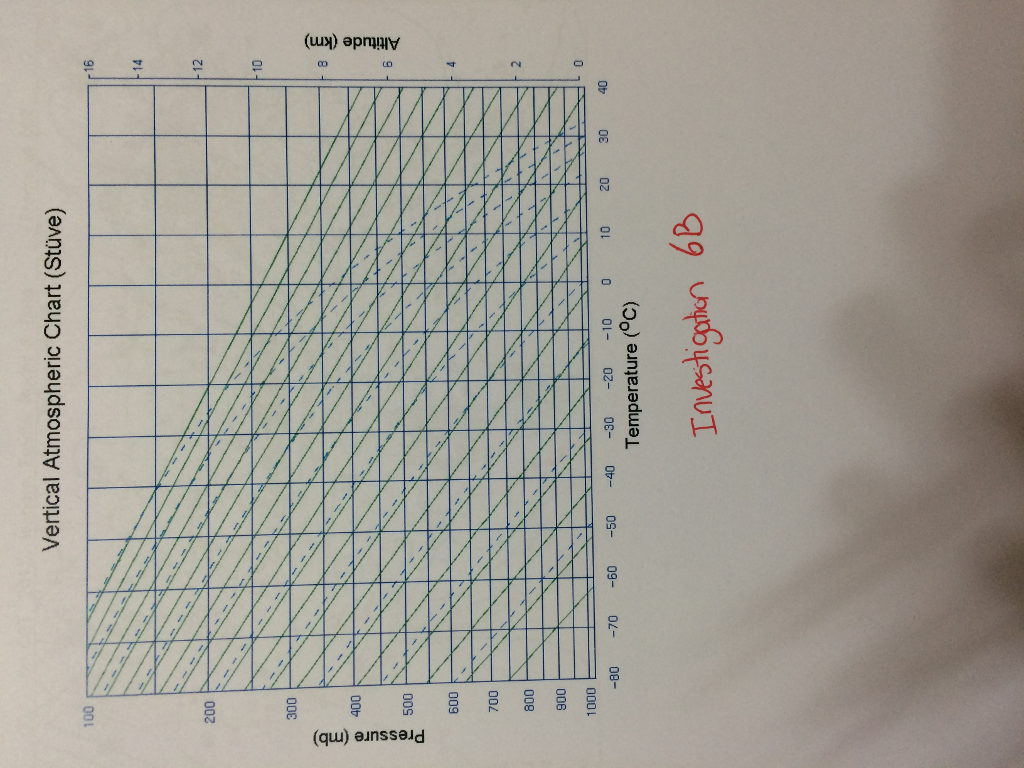
How to read a stuve diagram
Understanding Q-Q Plots. The Q-Q plot, or quantile-quantile plot, is a graphical tool to help us assess if a set of data plausibly came from some theoretical distribution such as a Normal or exponential. For example, if we run a statistical analysis that assumes our dependent variable is Normally distributed, we can use a Normal Q-Q plot to ... About Press Copyright Contact us Creators Advertise Developers Terms Privacy Policy & Safety How YouTube works Test new features Press Copyright Contact us Creators ... Stuve diagrams show the relationship between Air Temperature and Dew Point Temperature from the surface to about 55,000ft.
How to read a stuve diagram. Stuve Diagrams. Stuve Diagrams are one type of thermodynamic diagram used to represent or plot atmospheric data as recorded by weather balloons in their ascent through the atmosphere. The data the balloons record are called soundings. To see how to make your own Stuve diagram try following the sounding exercises. ally start with the block diagram to find where the trouble originates. Then you’ll refer to the schematic diagram (or part of it) to find the faulty component in relation to other components in the circuit. A pictorial diagram can then tell you where the faulty component phys-ically resides, so that you can test it and, if necessary, replace ... Here is an example of how we can. Question: I am supposed to use this Stuve diagram to answer the questions below 1. Use the accompanying Stuve diagram to find the saturation mixing ratio for:10oC and 1000 mb_______g/kg, 20oC and 1000 mb________g/kg, 30oC and 1000 mb_______g/kg 20oC and 900 mb________g/kg, 20oC and 800 mb_________g/kg, 20oC and ... Stuve Diagrams are one type of thermodynamic diagram used to then the saturation mixing ratio can be read directly from the chart.For completeness, the dewpoint temperature of the parcel (Td) can be plotted upon the diagram at the same pressure level. 3) Dry adiabats. The straight, solid, green lines sloping upward to the left on the diagram ...
Stuve diagrams show the relationship between Air Temperature and Dew Point Temperature from the surface to about 55,000ft. About Press Copyright Contact us Creators Advertise Developers Terms Privacy Policy & Safety How YouTube works Test new features Press Copyright Contact us Creators ... Understanding Q-Q Plots. The Q-Q plot, or quantile-quantile plot, is a graphical tool to help us assess if a set of data plausibly came from some theoretical distribution such as a Normal or exponential. For example, if we run a statistical analysis that assumes our dependent variable is Normally distributed, we can use a Normal Q-Q plot to ...

Metr215 Advanced Physical Meteorology Lecture 4 Mixing And Convection Texts Rogers R R And M K Yau A Short Course In Cloud Physics Pergamon Ppt Download

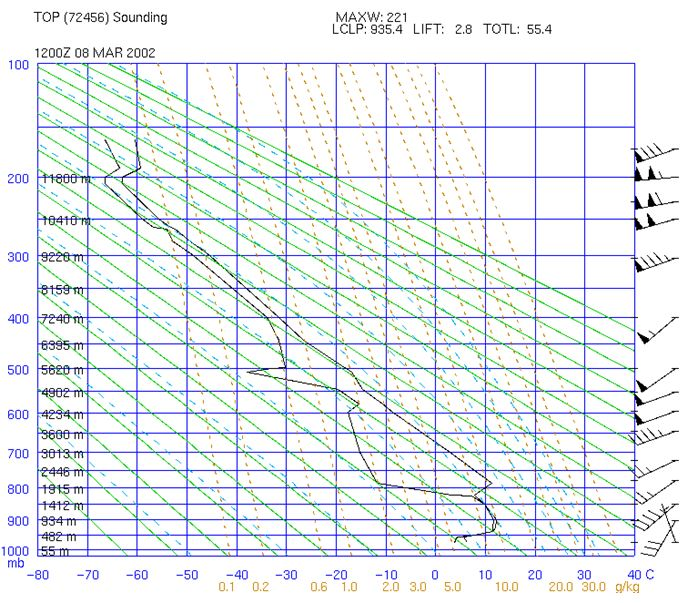



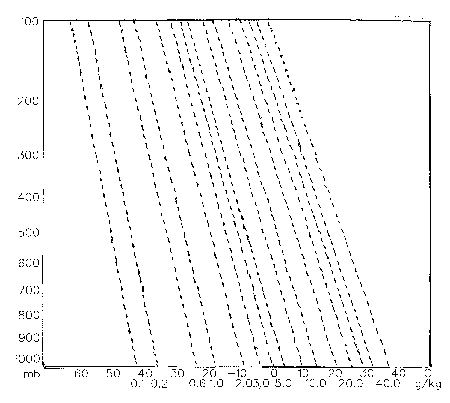
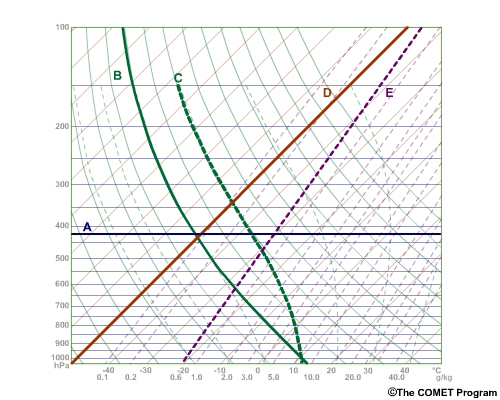


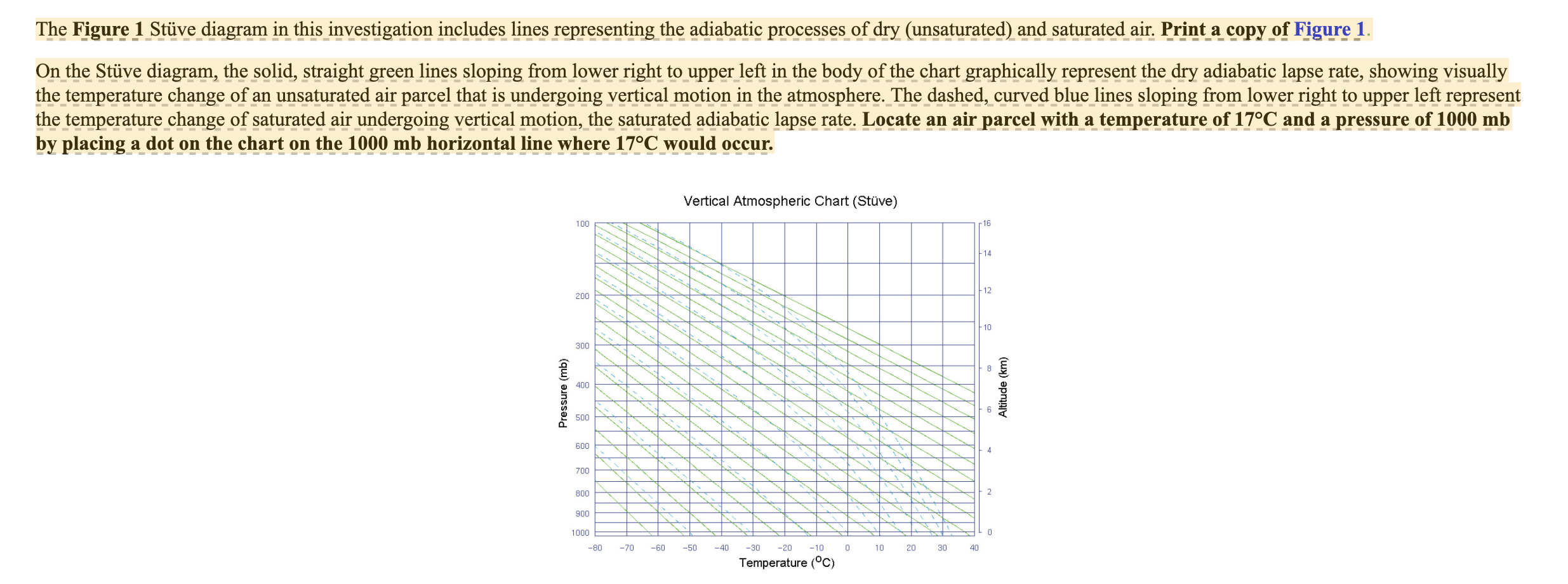
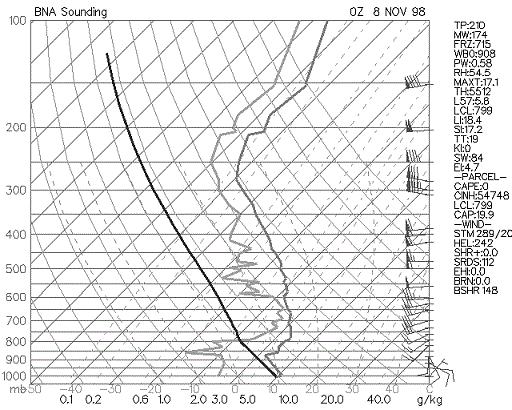
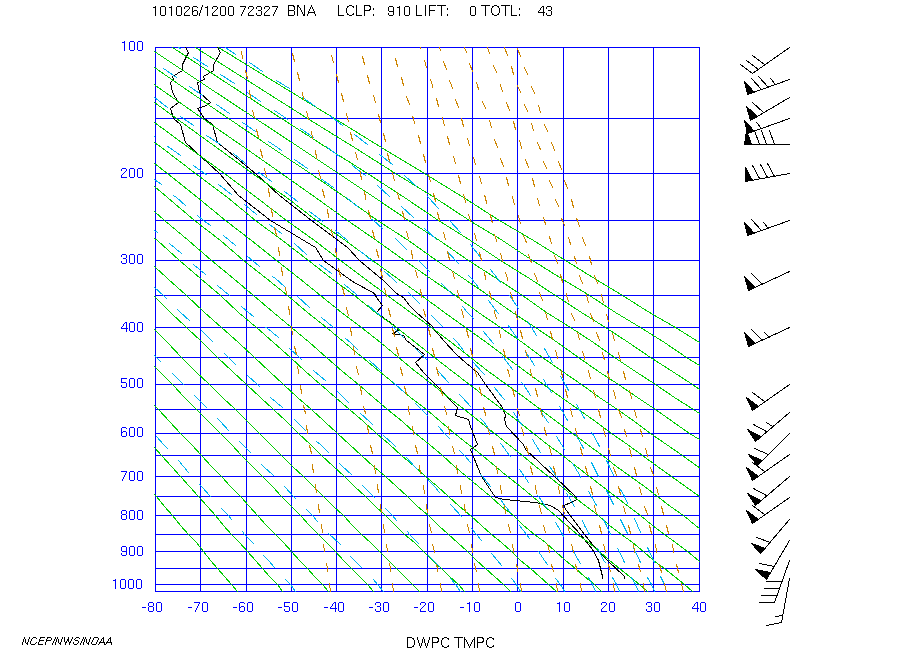





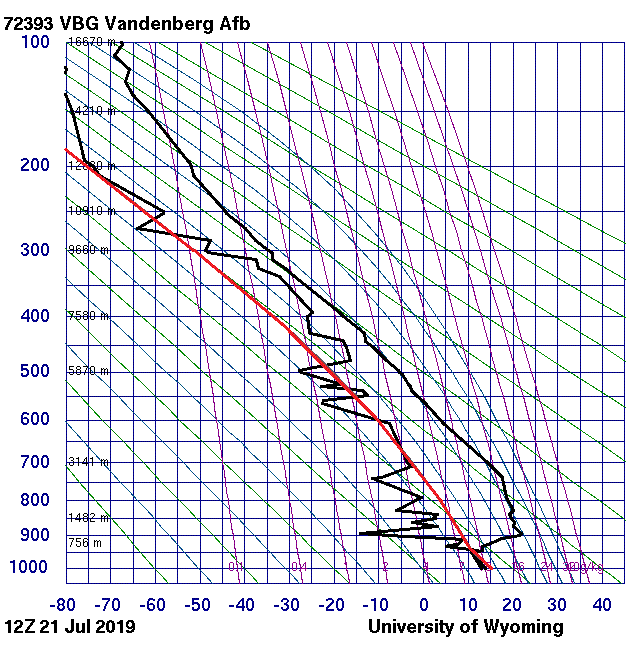





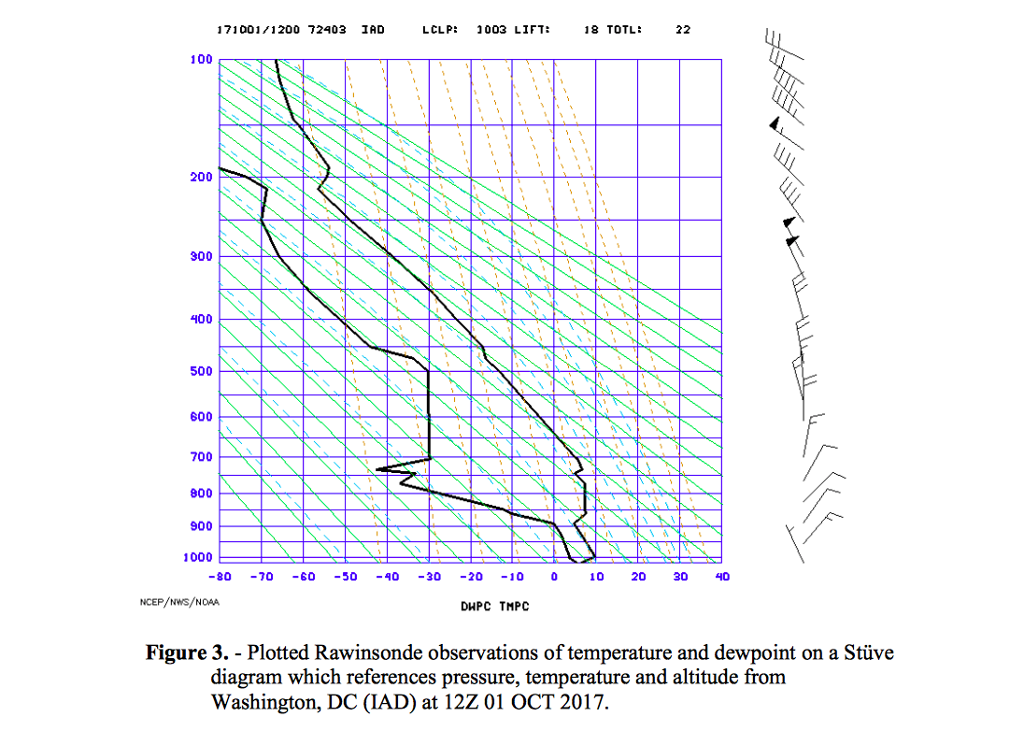

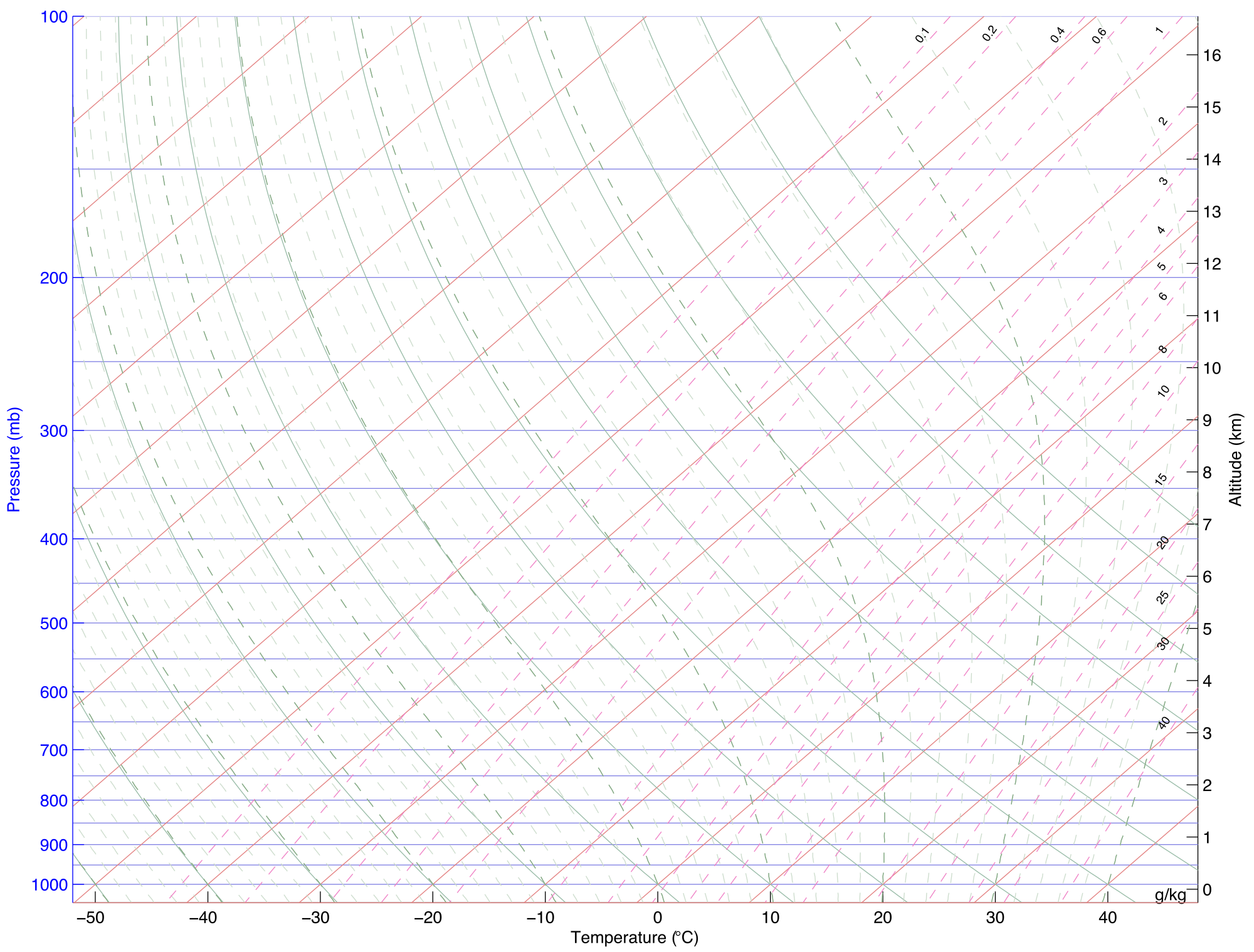


0 Response to "40 how to read a stuve diagram"
Post a Comment